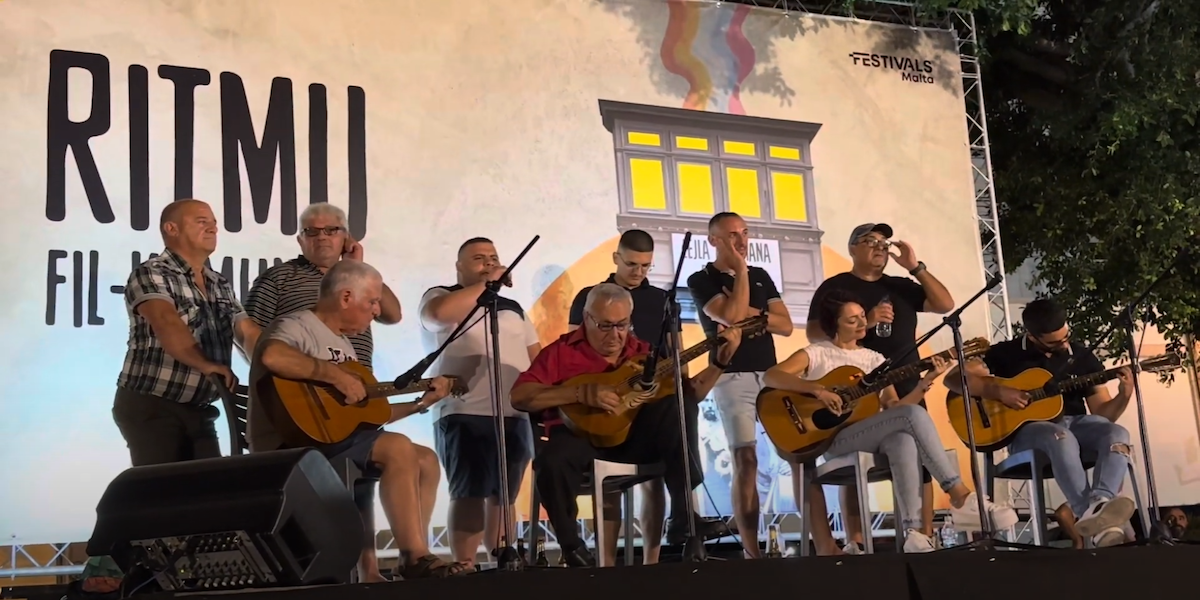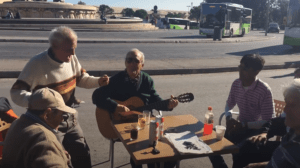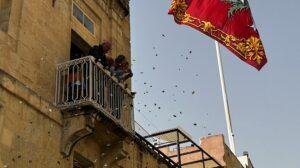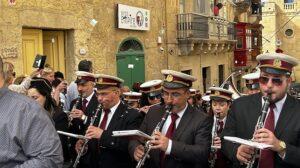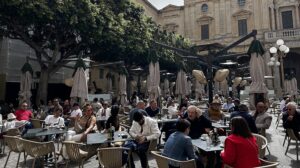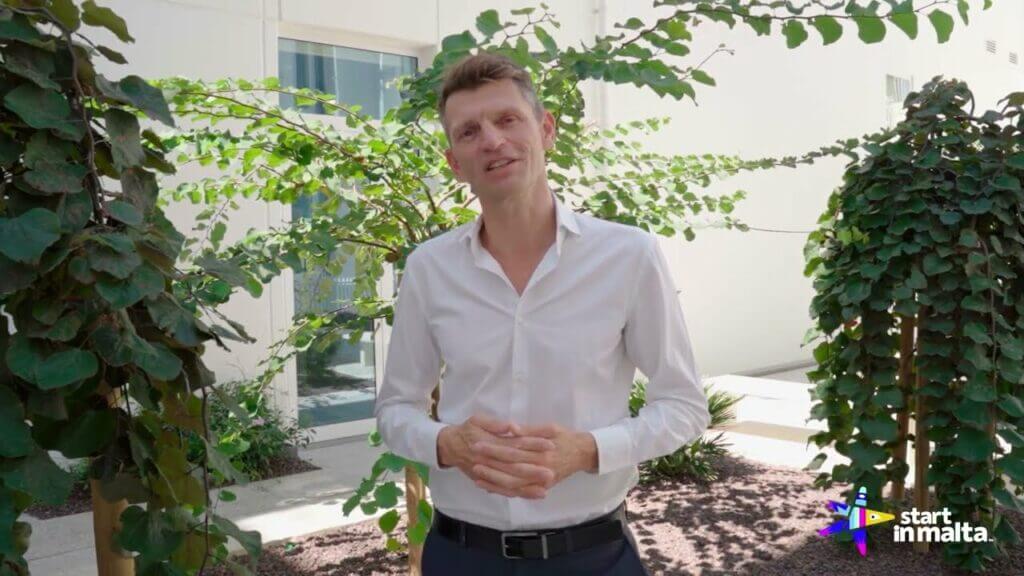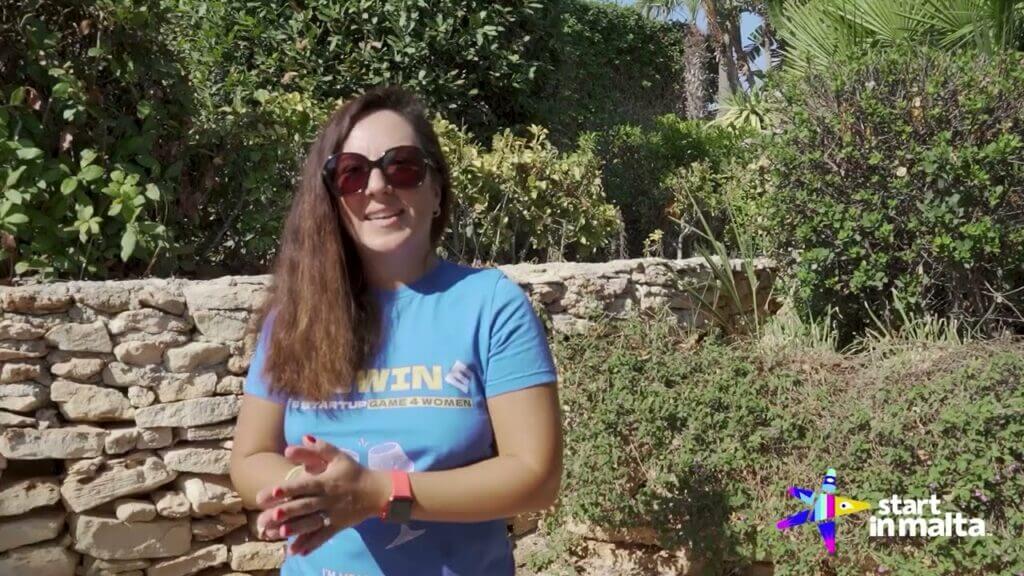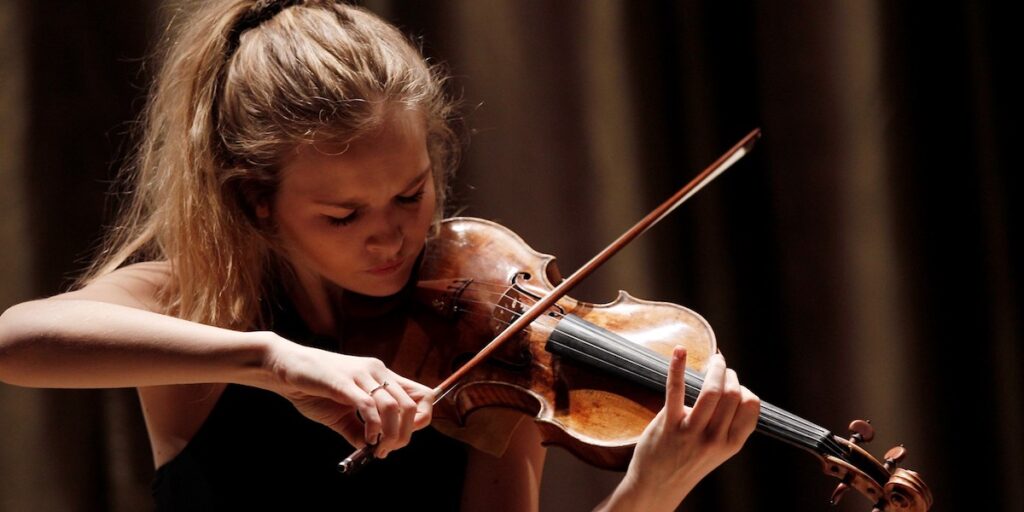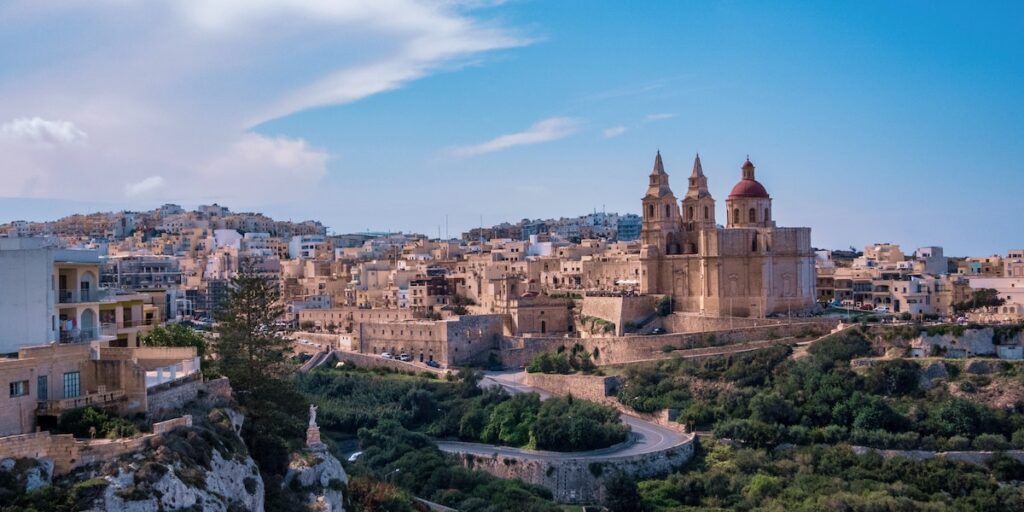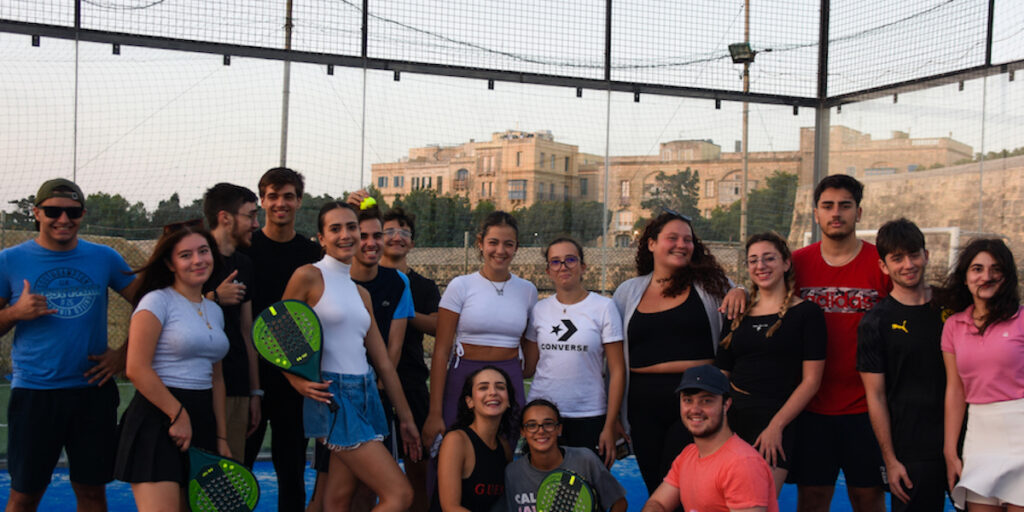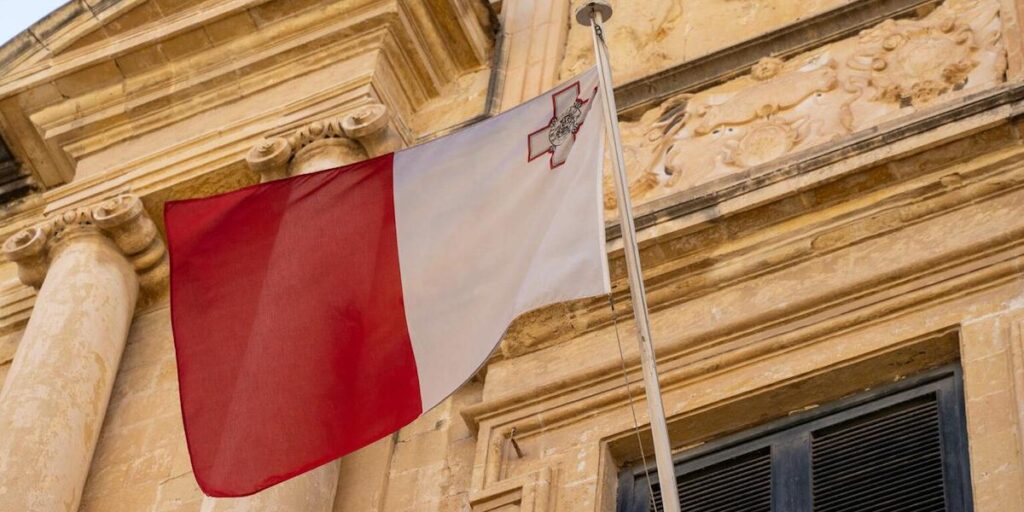Have you ever heard of the ‘Mediterranean blues’? The art is somewhat of a niche trade nowadays, and is known by a different name. The correct term of this genre is Għana.
Needless to say għana and blues stem from different backgrounds. But like all music, they are an expression of an individual through a particular people, or of a people through an individual. According to Maltese historian Godfrey Wettinger the music has been around since the 15th century. However, at the time it seemed to be something exclusive for nobility and special occasions such as weddings.
In everyday life, he says, there seemed to have been street competitions. In some ways they are similar to rap battles. Neighbors would engage in some rhymes together ina back-and-forth manner. This eventually became known as spirtu pront (an improvised duel).
The Music Itself
The musical mixture is mirrored in every part of Maltese culture, reflecting the geographical location of the island. The minute you hear some għana, its cultural influences are clear. The inspiration and elements of the music and the singing style are Sicilian ballads and Arabic music.
Professor Paul Sant Cassia points out that contrary to what we might imagine, there was always a strong presence of Arabic influence even when the Knights occupied Malta. This cannot be understated with anything regarding Maltese culture, and that includes għana. In addition to this, music historians have noted that the most common musical mode used in għana is uncannily close to a popular scale in Arabic music.
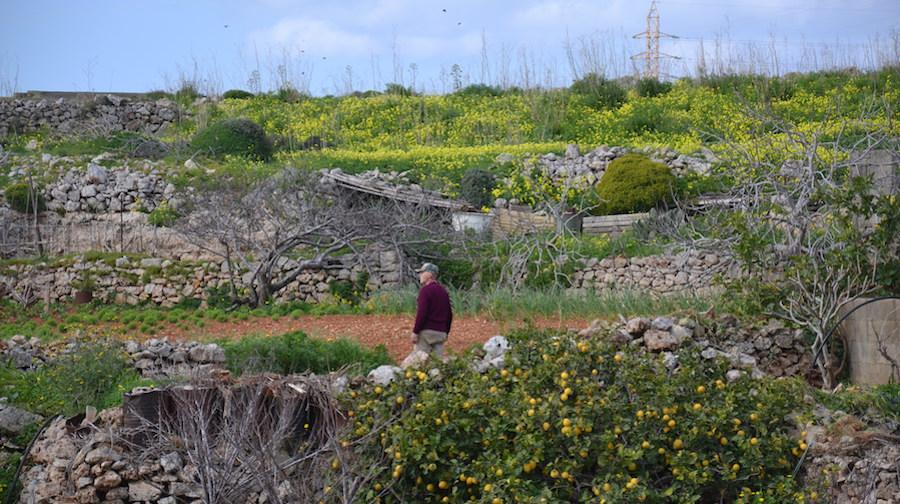
The Lyrical Forms of Għana
There are several subtypes of għana, but let’s have a look at the most popular ones.
Għana Fil-Għoli: High Singing
This form of għana was very popular in Bormla. In fact, it is also known as Bormliża. It requires males to sing in very high ranges without actually going into falsetto. Some beleive that this style originated from the early style of għana that was typically sung by women and that men tried to mimic it. This is probably the least popular due to its intense vocal demands.
Għana Tal-Fatt: Factual Singing
Typically in the style of a lament, this style of għana is a melancholic recounting of real events or in some cases Maltese folktales and legends. Surprisingly, this can go on for a whole hour. It can include verses and instrumental interludes following the same structure and emphasizing the importance of the lyrics. Very interestingly, there are videos online with a contemporary legend called Kelijnu s-Superstar singing għana tal-fatt about subjects such as Covid.
Spirtu Pront: Freestyle/Improvised
This battle of wits usually takes on the form of something a bit more humorous. Two għanejja (singers) engage in a duel that digresses onto many different subjects. Imagine it like freestyle rap, with the goal of outsmarting each other. In so doing they also exhibit a certain poetic control of the language. This form too, can go on for a long time.
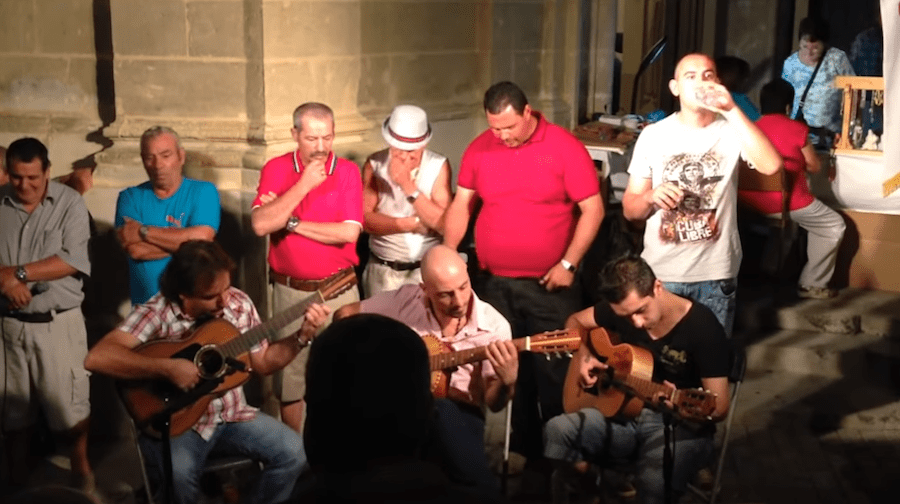
An anecdote
A French musician who used to live in Malta, once mentioned he engaged in a spirtu pront duel in some bandclub in the south. He sang in English and the other għannej in Maltese. He said that out of courtesy, the għannej let him win since, he was a guest on the island.
Where Is Għana Now?
Professor Sant Cassia claimed that the musical genre got marginalized after the war due to a complicated series of factors. Mainly, this happened because of the fact that it is a remnant of the Semitic half of Maltese culture. During the many years of colonization and foreign rule this half was always suppressed. This is a great pity because għana in its form is a clear reflection of Maltese culture and history, and should be celebrated.
Nonetheless, it is still going on in small establishments, with older and younger generations joining in to play music in this beautiful way. We must not forget the yearly Għana Fest and the other għana celebrations that happen in the Maltese communities in Canada, Australia and the U.S.
If you’re looking for some live għana this summer you might want to check out Ta’ Zgey, or Leah’s Bar. Both are in Żejtun, the hometown of the musical style. They sometimes host għana nights.

